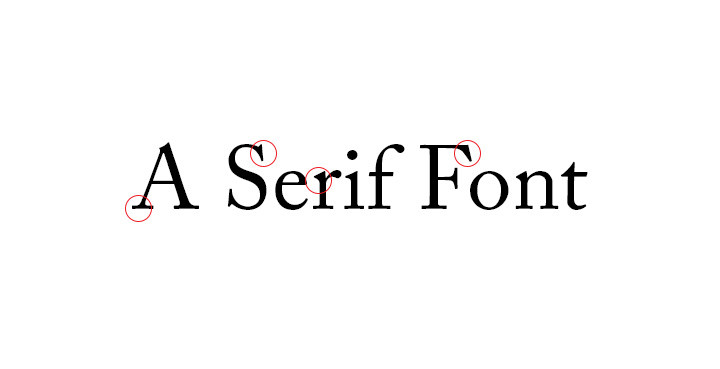The Detailed Guide On Languages Sans Serif Font Supports

Sans serif fonts have emerged as a ubiquitous choice for various design projects, owing to their clean, modern aesthetic and legibility across digital and print media. However, a pertinent question often arises regarding their compatibility with different languages. Which languages can sans serif fonts effectively support? This article delves into this intriguing inquiry, shedding light on the versatility of sans serif typefaces across diverse linguistic landscapes.
Global Typography Landscape
The linguistic diversity across the globe presents a unique challenge for typographers and designers. With thousands of languages spoken worldwide, each with its script and typographic nuances, ensuring effective communication across linguistic barriers is paramount. Sans serif fonts, with their universal appeal and adaptability, strive to meet this challenge by accommodating a wide range of languages.
Language Support in Sans Serif Fonts
The extent to which a sans serif font can support different languages depends on several factors, including character set coverage, glyph design, and typographic conventions specific to each language. While some sans serif typefaces are tailored to support a handful of languages, others boast extensive multilingual support, catering to a diverse audience.
Character Set Coverage
One of the primary considerations for language support in sans-serif fonts is the comprehensiveness of their character sets. Languages with Latin-based scripts, such as English, French, and Spanish, are typically well-supported in most sans serif typefaces. However, the challenge arises when dealing with non-Latin scripts, such as Cyrillic, Greek, Arabic, or Chinese characters. Fonts designed with multilingual support often feature an extensive array of glyphs to accommodate a broader range of languages and writing systems.
Glyph Design and Legibility
Beyond character set coverage, the design of individual glyphs plays a crucial role in ensuring legibility across different languages. Sans serif fonts with well-crafted, balanced glyphs maintain clarity and readability regardless of the script they represent. However, designers must pay careful attention to cultural and typographic conventions unique to each language to ensure that the font maintains its intended aesthetic and functionality across diverse linguistic contexts.
Typographic Conventions
Each language has its typographic conventions and requirements that influence font design and usage. For example, languages written from right to left, such as Arabic and Hebrew, demand specific glyph shapes and ligatures to maintain readability and aesthetic coherence. Similarly, languages with complex scripts, such as Indic languages, may require additional ligatures and diacritical marks to represent their phonetic nuances accurately. Sans serif fonts designed with an understanding of these typographic conventions can seamlessly integrate with various linguistic systems while preserving their visual integrity.
Practical Applications
The versatility of a sans serif font extends beyond conventional text-based communication to encompass a wide range of design applications. From user interfaces and mobile apps to branding and advertising materials, sans serif typefaces offer a contemporary aesthetic that transcends linguistic barriers. By selecting fonts with robust language support and adhering to typographic best practices, designers can create visually cohesive and culturally inclusive designs that resonate with global audiences.
Conclusion
Sans serif fonts demonstrate remarkable versatility in their ability to support multiple languages across diverse typographic landscapes. While their effectiveness may vary depending on factors such as character set coverage, glyph design, and typographic conventions, well-crafted sans serif typefaces can facilitate clear and effective communication across linguistic boundaries. By embracing the inherent adaptability of sans-serif fonts, designers can navigate the complexities of global typography with confidence, ensuring that their designs resonate with audiences worldwide.





